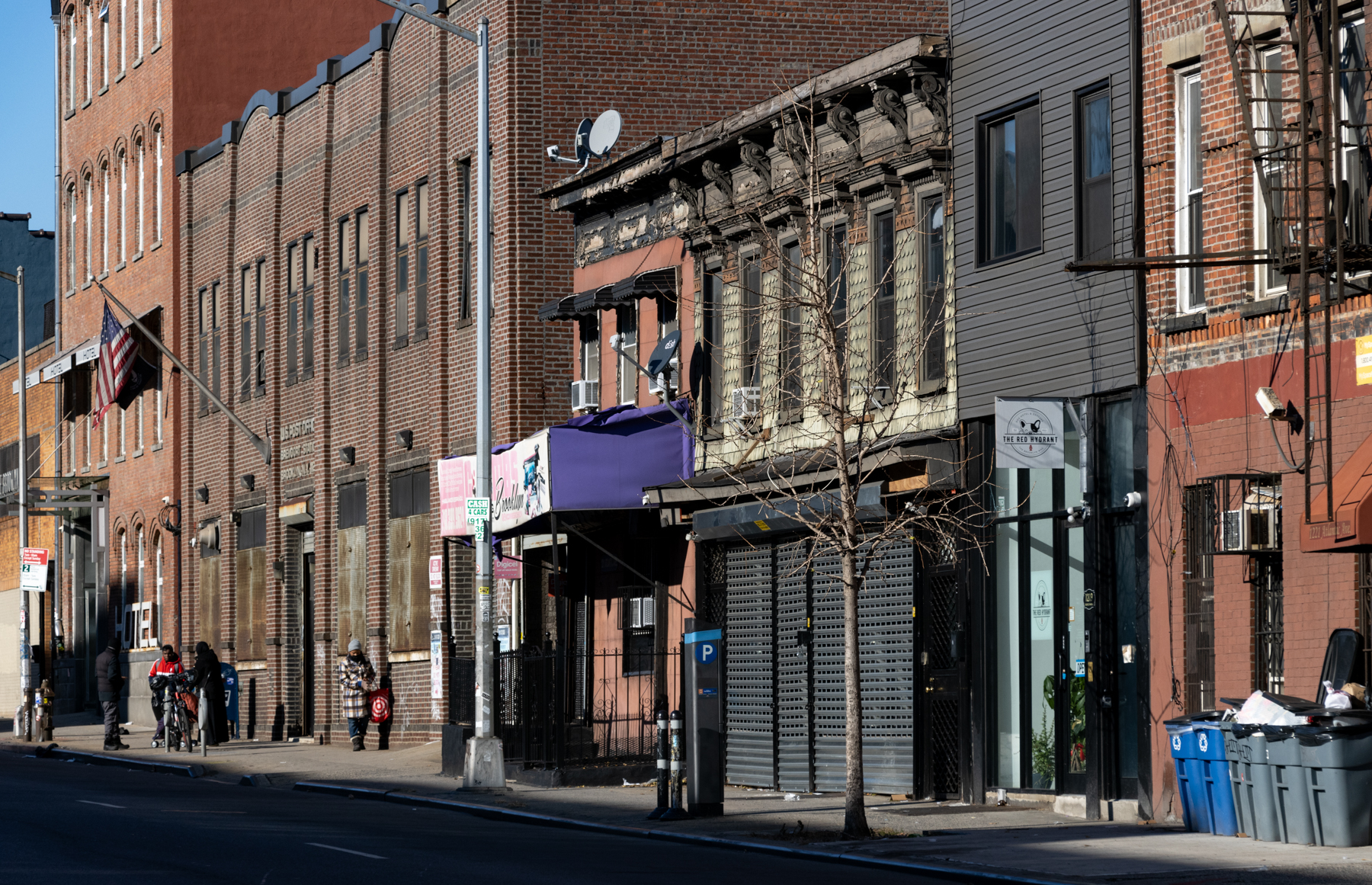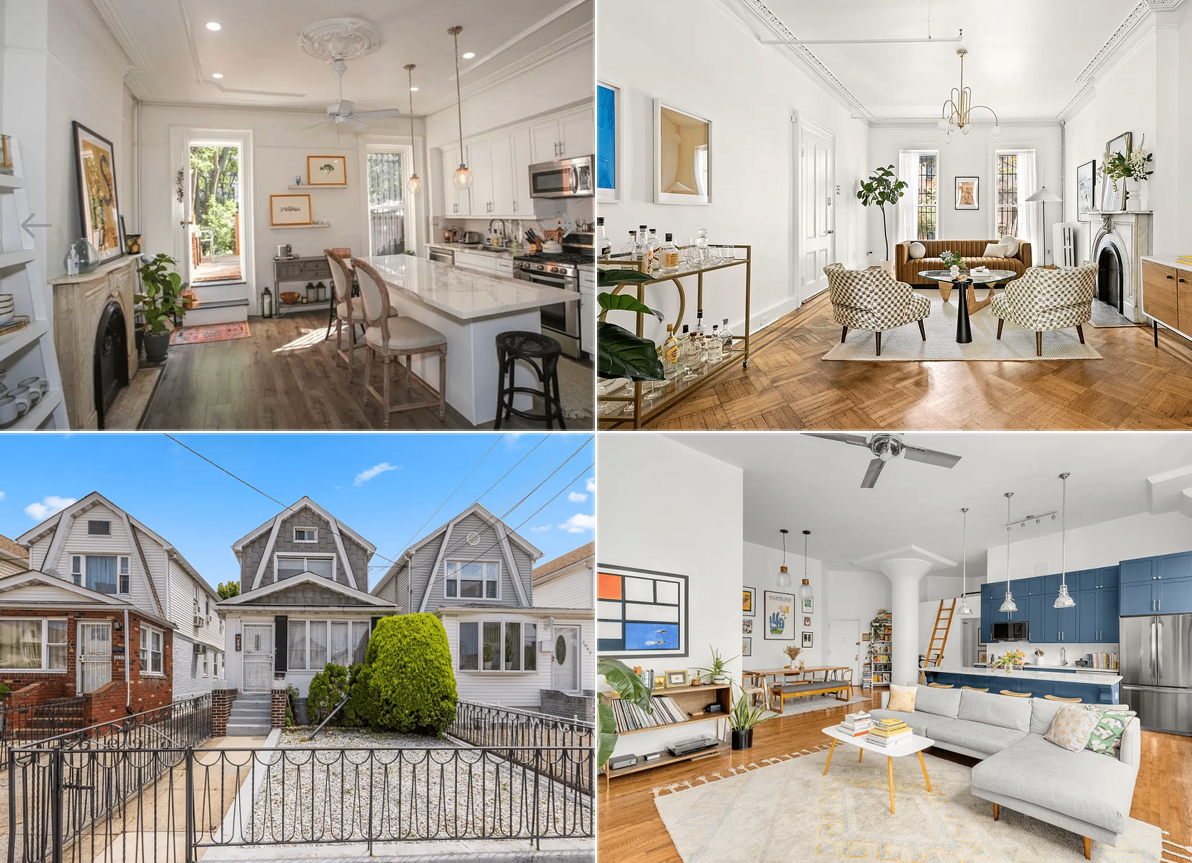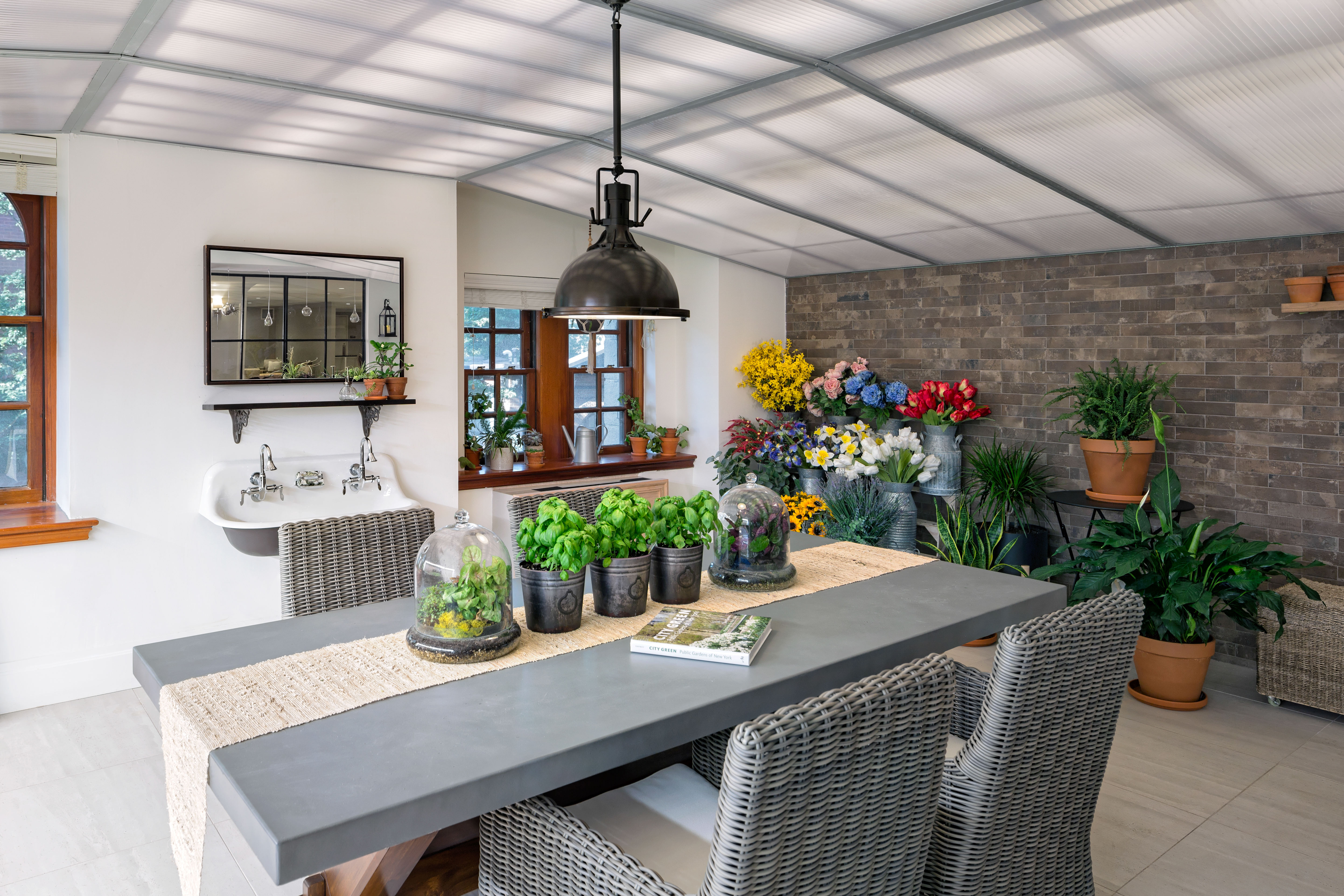Crown Heights 1BR Goes for 15% Below Ask
When we wrote about this one bedroom at 469 Eastern Parkway back in April when it was asking $399,000, we predicted that the price “had further to go.” Indeed, that was the case. It closed for $340,000 on October 10th, according to StreetEasy. Co-op of the Day: 469 Eastern Parkway [Brownstoner] GMAP P*Shark 469 Eastern…


When we wrote about this one bedroom at 469 Eastern Parkway back in April when it was asking $399,000, we predicted that the price “had further to go.” Indeed, that was the case. It closed for $340,000 on October 10th, according to StreetEasy.
Co-op of the Day: 469 Eastern Parkway [Brownstoner] GMAP P*Shark
469 Eastern Parkway [Douglas Elliman]









I do not think $340,000 is too high based on the comps at the time. I’d commented on the price and predicted about $350,000 based on similar sales in the area.
Extremely well said, East New York and BrooklynIsHome.
How big and how nice was this place? All the links are dead.
$340,000 still sounds a little high for a 1 BR this far down Eastern Parkway.
Not feeling those walls.
Polemicist:
You and I have a different take on what Crown Heights was and is. Additionally, we share a different view of what is gentrification. Growing up in Brooklyn, I had the privilege of living in and visiting friends who had gracious homes in Crown Heights. What do I mean by gracious, lovely one family architectural gems and graciously sized apartments. A two, three or four bedroom apartment really was a two, three or four bedrooom apartment. For the most part, we didn’t have driveways but a family only needed one car when you had such great access to transportation.
So might ask, with great access to transporation who needs a car? Anyone who lived in Brooklyn in the sixties, seventies or eighties saw a dearth of supermarkets, movie theaters or access to big box stores. You had to take a drive to Long Island, New Jersey or Westchester for any of these. The dearth of goods and services affected communities from Brooklyn Heights and Bushwick and the communities in between. Bubble or no bubble, in terms of awareness, Crown Heights is what Prospect Heights was fifteen years ago. It’s a great community where you actually have a sense of neighborhood.
“The real estate bubble happened so fast, places like Crown Heights never got to gentrify. It went from impoverished, and crime ridden to on a national basis, extremely expensive, in perhaps 5 years. It just doesn’t work that way, and it won’t work that way.”
Not excactly. Yes, Crown Heights’ home values shot up significantly in the real-estate run-up, and the neighborhood overall includes a significant number of low-income households. But there has long been – and still is – a large base of middle class and some upper middle class black homeowners in Crown Heights who have done quite well, own multiple, well-tended properties, and furthermore have been instrumental in the neighborhood’s resurgence. To describe the neighborhood as previously “impoverished” is, I believe, inaccurate, particualry when compared with other areas of Brooklyn and NYC.
While home prices in the area remain fairly strong, CH represents a value compared with other brownstone Brooklyn neighborhoods, particularly in light of its outstanding residential architecture.
Polemicist, you are correct about the lack of retail, but maybe that’s a good thing at this point. Retail will come, and for now its lack is one of the factors that keeps prices within some budgets.
BrooklynIsHome:
Personally, I would be very happy to own a home in Crown Heights someday. I have no problem with the hood besides the serious lack of retail.
$330K, while it seems cheap, still requires a solid income that only a few can afford.
The real estate bubble happened so fast, places like Crown Heights never got to gentrify. It went from impoverished, and crime ridden to on a national basis, extremely expensive, in perhaps 5 years. It just doesn’t work that way, and it won’t work that way.
Until we understand how the economy in this city evolves when Wall Street is reinvents itself, buying in these marginal areas is just nuts.
What constitutes a good neighborhood? Let’s compare Crown Heights vis-a-vis further outlying neighborhoods in Brooklyn. Solid housing stock—check. Proximity to reliable transportatin both buses and subways–check. Significant percentage of owner occupied homes–check. Without making distinctions as one must in any New York City neighborhood, any neighborhood can be considered less than desirable if we choose the right variable.
And 15% isn’t a lot. It should be within a seller’s expectations.